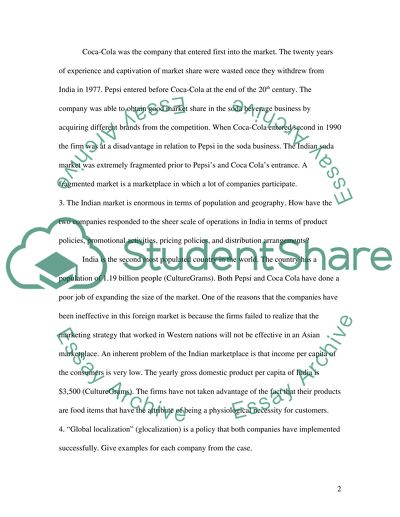Cite this document
(“The Political Environment for Coca-Cola and Pepsi in India Essay”, n.d.)
Retrieved from https://studentshare.org/marketing/1455024-the-political-environment-for-coca-cola-and-pepsi-in-india
Retrieved from https://studentshare.org/marketing/1455024-the-political-environment-for-coca-cola-and-pepsi-in-india
(The Political Environment for Coca-Cola and Pepsi in India Essay)
https://studentshare.org/marketing/1455024-the-political-environment-for-coca-cola-and-pepsi-in-india.
https://studentshare.org/marketing/1455024-the-political-environment-for-coca-cola-and-pepsi-in-india.
“The Political Environment for Coca-Cola and Pepsi in India Essay”, n.d. https://studentshare.org/marketing/1455024-the-political-environment-for-coca-cola-and-pepsi-in-india.


